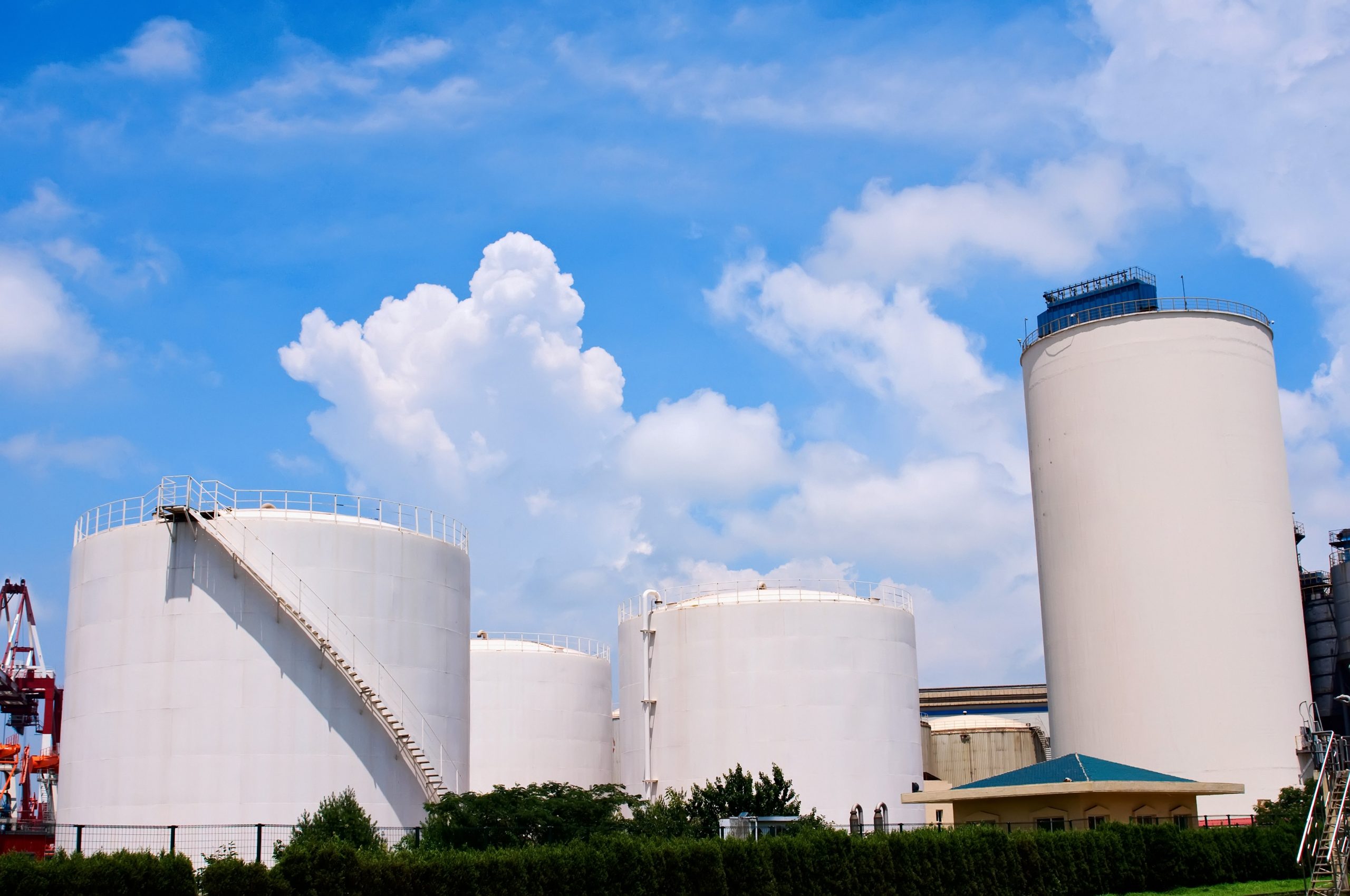
- admin
- July 12, 2021
Improve Safety Inside and Around Storage Tanks
Industrial storage tanks come in a range of shapes and sizes, and they serve a variety of purposes. There are above-ground and underground fuel and chemical storage tanks, sewage tanks, and food storage tanks, among other things. For inspections, repairs, routine maintenance, and retrieval of objects, workers need to enter confined spaces. Hence, ensuring optical safety inside and outside of these storage tanks is essential. In this blog, we shall learn how this safety can be improved.
Common failures
According to the Bureau of Labor Statistics, restricted spaces cause an average of 92 fatalities every year. According to the Occupational Safety and Health Administration, firefighters and other would-be rescuers account for 60% of confined space fatalities.
OSHA recently issued violations to a Texas business for exposing workers to amputation, confined spaces, and other safety dangers in and around industrial storage tanks. According to the assessment, the company lacked a confined space permit system as well as sufficient respiratory and hearing protection, all of which could result in serious injury or death.
Improve safety
Industrial storage tanks, whether new or old, still provide a risk of fire, asphyxiation, entrapment, ladder and other falls, shock, and chemical risks. Working in or around storage tanks properly necessitates a comprehensive workplace safety program that follows safe and best efficient practices. Workplaces can reinforce storage tank safety for worker health and restricted space compliance in a variety of ways.
- Examine and assess the space: Before working in an industrial storage tank, conduct a complete job hazard analysis. Using a pre-entry checklist is a good idea. Discuss the hazards and tasks that must be completed with the employees and make plans accordingly. If you have to do unsafe work, look for alternatives. When entering a potentially hazardous confined place, use a restricted space permit system.
- Increase visibility: Limited or restricted entry and exit points are common in confined places. When a worker performs work in narrow area, this typically results in poor visibility. What happens if a designated spotter is tasked with holding a flashlight and needs to respond to an accident?
- Communicate: Have a formal confined space program in place if a permit is required. Quality warnings, such as high visibility signs and labels, can help you identify permit requirements and other confined space concerns.
- Continuous training: Ensure that personnel are aware of and follow confined space safety procedures, such as lockout tagout and machine guarding. Organize frequent safety and instructional meetings where employees can ask questions and receive answers.
- Use proper tools and personal protective equipment: Use gas-monitoring equipment to monitor the space’s atmospheric conditions. Wear gloves, earplugs, respirators, eye protection, and other protective clothes or equipment as needed. Consider the temperature and the space requirements of the personnel. Ascertain that workers are wearing the proper fall protection.
- Emergency planning: Prepare for confined space safety and rescue with the help of local first responders. Post emergency response protocol reminders with contact phone numbers.
Workplaces must evaluate all processes and strategies while maintaining, building, or enhancing safety plans in and around industrial storage tanks. Provide detailed documentation of the essential controls, duties, and expectations to employees. Any workplace safety program should be reviewed on a regular basis to identify opportunities for improvement.
- Industrial Storage Tanks
Category
- Above Ground Fuel Tanks
- Above Ground Gas Storage Tank
- Above Ground Storage Tanks
- Above Ground Water Storage Tanks
- Agricultural Tanks
- Chemical storage Tanks
- Diesel Fuel Storage Tanks
- Diesel Storage Tanks
- Exernal FloatingRoof Tanks
- Farm Water Tank
- Fiberglass Oil Tanks
- Fiberglass Septic Tanks
- Fiberglass Tanks
- Fiberglass Underground Fuel Storage Tanks
- Field Erected Tanks
- Floating Roof Tank
- Food and Beverage Tanks
- Fuel tank
- Industrial Chemical Storage Tanks
- Industrial Gas Tanks
- Industrial Hot Water Storage Tanks
- industrial hot water tank
- Industrial Plastic Tanks
- Industrial Storage Tanks
- Industrial Tank heating pads
- industrial tanks
- Natural gas
- Natural gas vs Propane
- oil storage tank
- Oil Storage Tanks
- Peracitic Acid
- Petroleum Tanks
- Residential gasoline storage tanks
- Residential Water Storage Tanks
- Sodium Hydroxide Storage Requirements
- Sodium Hypochlorite Storage Tanks
- Steel Storage Tanks
- storage tank failure prevention
- Storage Tanks
- Sulfuric Acid Tanks
- Uncategorized
- UnderGround Storage Tanks
- Waste water tank
- Water Storage Tanks

 Tank Size Calculator
Tank Size Calculator





